The most inspiring fashion trends, accessories and style lessons I've admired during 20+ years of travelling
Ex-fashion editor turned travel writer Lydia Swinscoe details some of the world’s most inspiring prints, fabrics, flourishes and religious dress she's witnessed during 20+ years of travel


As a journalist and traveller who worked in the fashion world for over a decade, one of the main observations I make when I’m away is the clothing, fabrics, jewellery and accessories I see people wearing day to day.
I’ve always been drawn to countries like India and Sri Lanka, where I love learning about how saris are worn in a vast array of enchanting colours and styles, and new up-and-coming designers paying homage to centuries-old techniques. I’m obsessed with the naturally-dyed woven fabrics of Bolivia and Peru and the hand looms that help weave them one thread at a time. And equally, I adore the carefree style of Georgia, including the country’s hip capital, Tbilisi, where cool kids sport Crocs, baggy pants, and imaginative tees with aplomb.
But, there’s a thin line between admiration and appropriation, and we’ve seen big-name designers incorporate everything from traditional Indian Kolhapuri chappals to Sikh turbans into their collections without recognising or crediting cultural roots - all while also placing the items on an all-white catwalk. From dress and art to language and cuisine, it’s never acceptable to culturally appropriate, so be sure to read, research and learn before buying and/or wearing anything that could be insensitive.
Here, I’ve detailed some of the clothing styles, trends, accessories, and style lessons I’ve witnessed during my travels and a little bit of the history behind them.
Fashion, accessories, and style lessons to look out for around the world
Sri Lankan batik
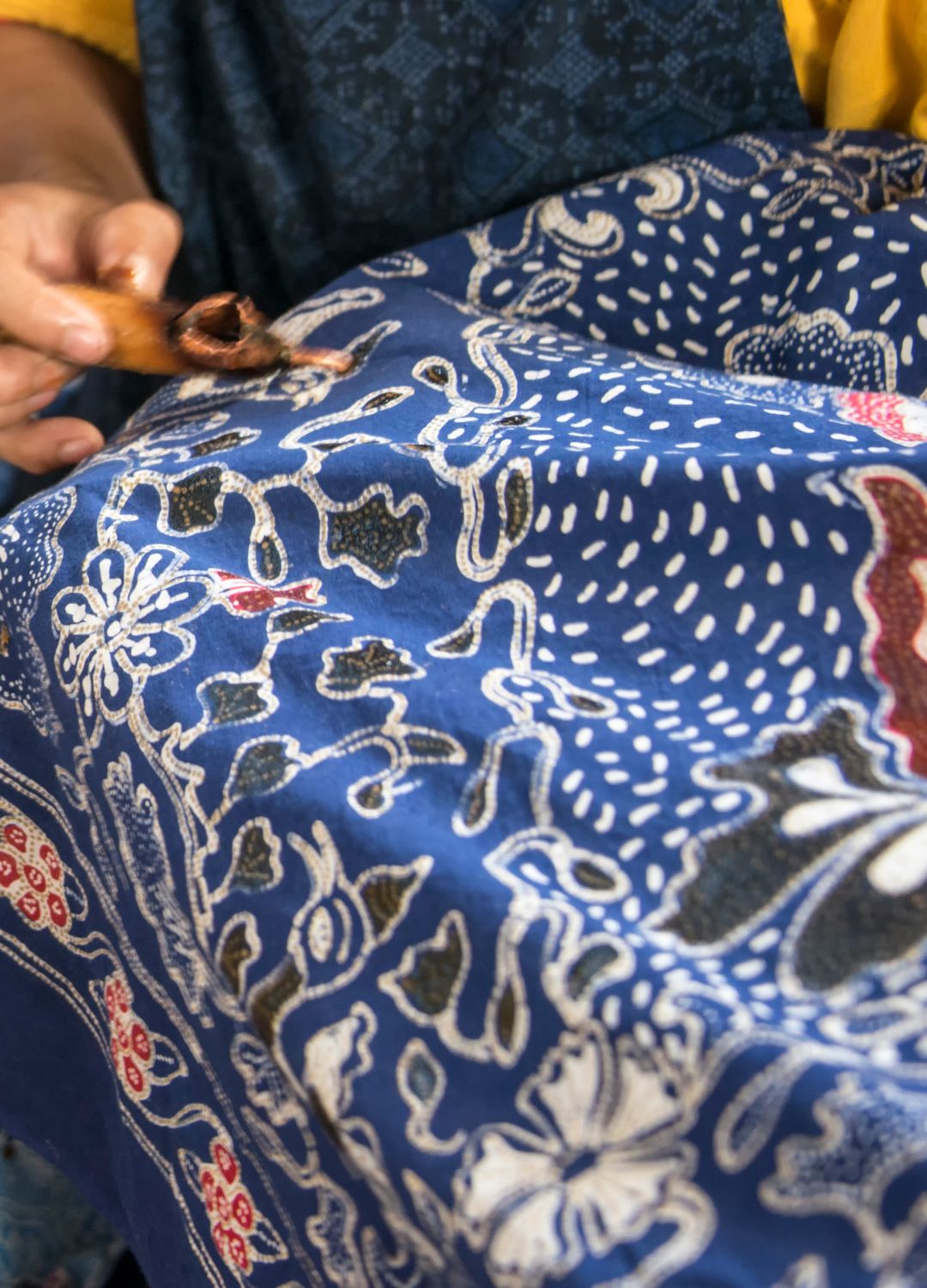
Achieved by using wax to draw patterns and lines onto fabric before dying, it’s believed that this process of wax resist dying has origins in many countries, including China, Egypt, and Indonesia, with the name batik coming from the Javanese ‘bathik’.
The technique arrived in Sri Lanka at the start of the 19th century and has been a part of the country’s art and fashion scene ever since. One of the mainstays in the batik scene was the Sri Lankan artist, Ena de Silva, who fast transformed the practice into a modern art form, creating some of the most exquisite wall hangings and artworks, many of which can be found hanging in hotels and homes across the island.
Today, emerging artists, like Arundika Weerasekera and her company, Hues of Batik, are reimaging batik and showcasing it to a new audience with hands-on workshops and luxury take-home kits.
Sign up to our free daily email for the latest royal and entertainment news, interesting opinion, expert advice on styling and beauty trends, and no-nonsense guides to the health and wellness questions you want answered.
DIY Batik Kit, £190 | Hues of Batik
Featuring coconut shell cups, a nifty funnel, wax, dyes and everything else needed to create stunning personalised batik designs at home, this Hues of Batik kit is a game changer.
Paisley, rooted in Persia
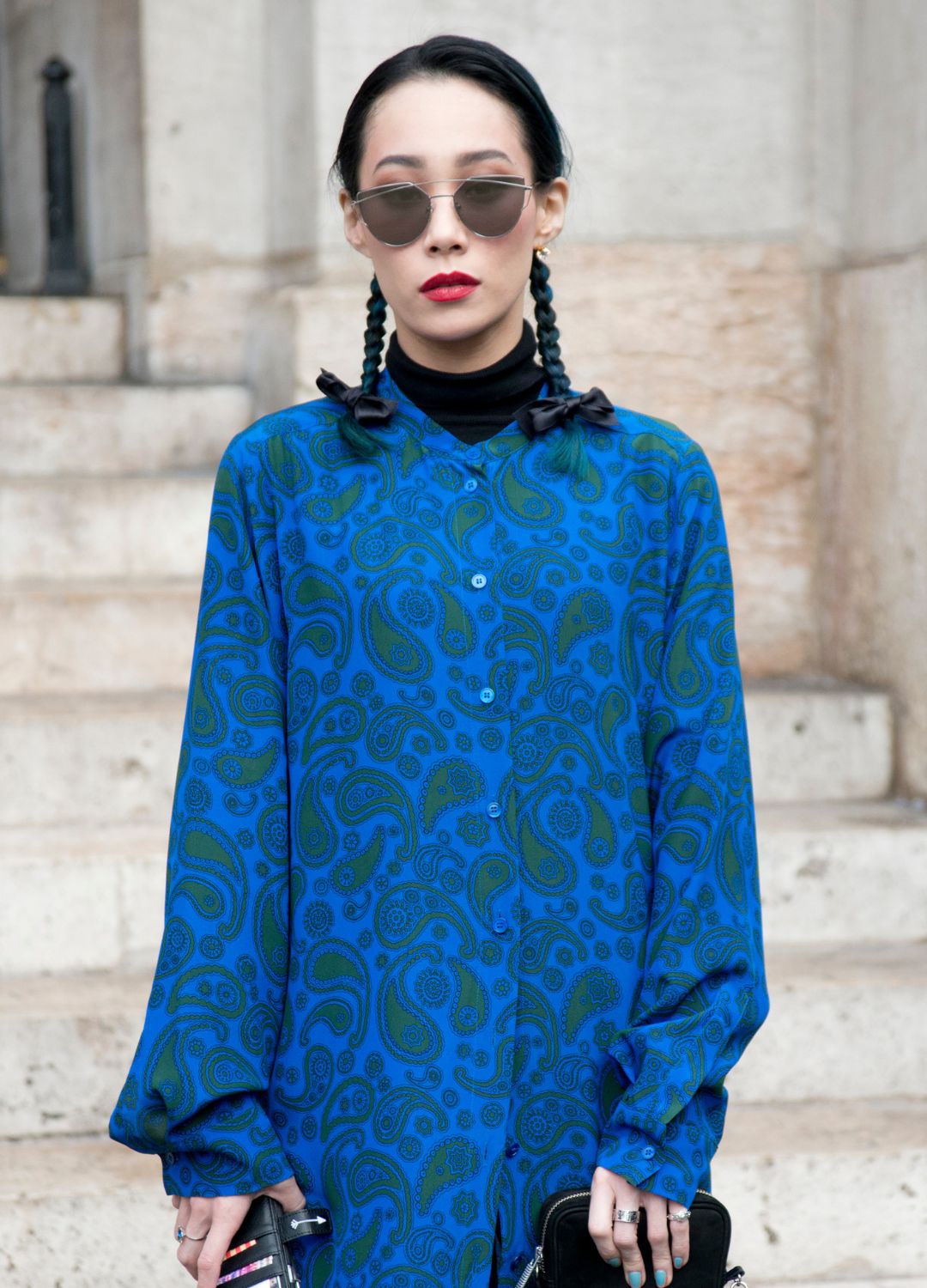
Often recognised by its curved teardrop shape, paisley originated in ancient Persia, where it was known as boteh or buta, a motif symbolising life and eternity.
It later travelled to India, becoming a staple in Kashmiri shawl designs before colonisers took the design to the UK in the 18th century, where British weavers in the Scottish town of Paisley began replicating the pattern, giving it its Western name.
Today, the globally travelled motif continues to inspire, with designers revisiting its rich, cross-cultural legacy in everything from dresses and skirts to blouses and accessories.
Clogs from the Netherlands
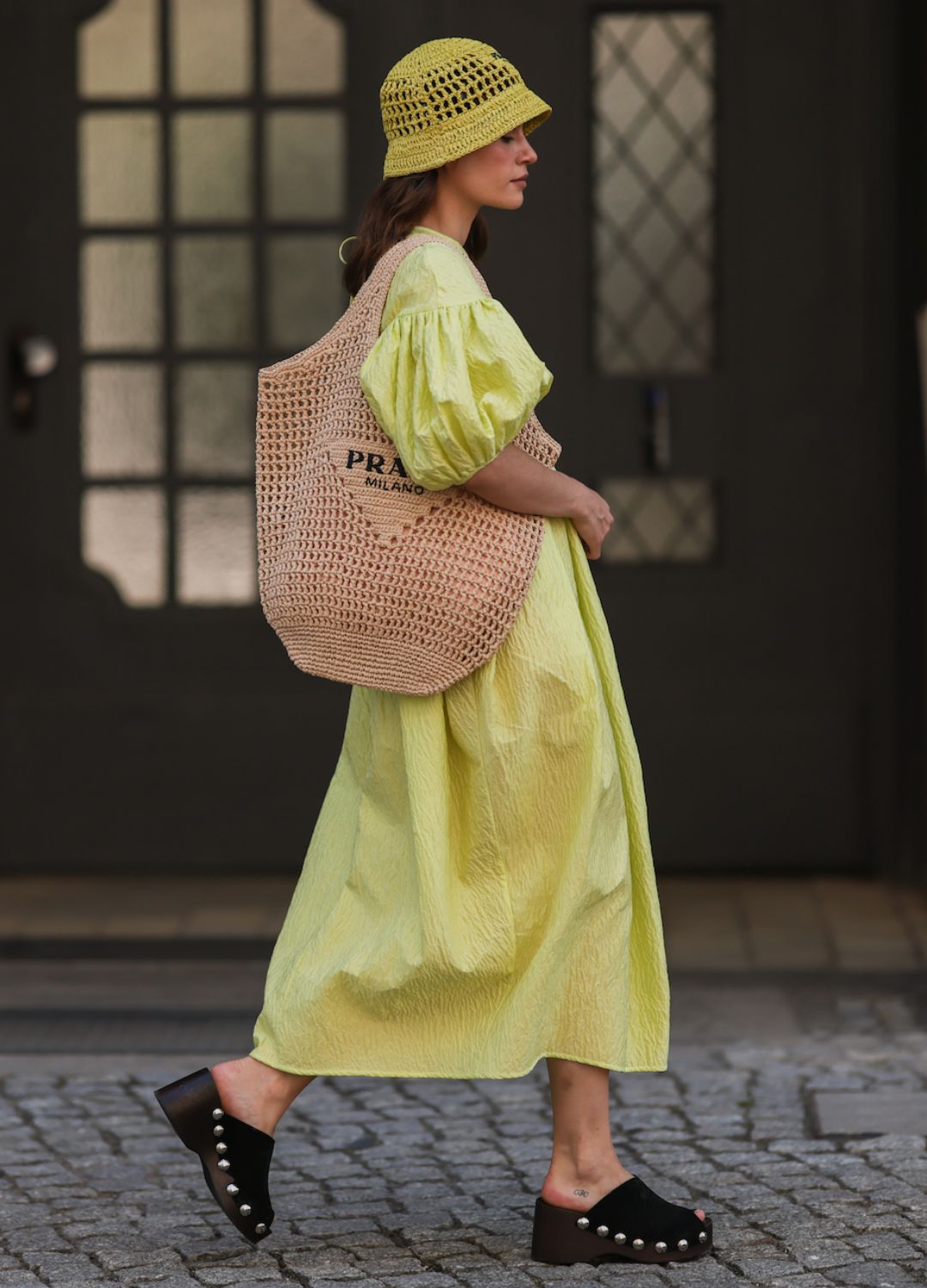
Traditionally worn by farmers, factory workers, and fishermen across the Netherlands, Sweden, and other parts of Europe, clogs were prized for their sturdy wooden soles and foot protection.
Today, they’ve been reimagined, appearing everywhere from city streets to fashion runways, making them one of the hottest shoe trends. Whether hand-carved or made of rubber, clogs blend comfort, nostalgia and offbeat style.
Northern European Sámi Gákti Beadwork and Embroidery
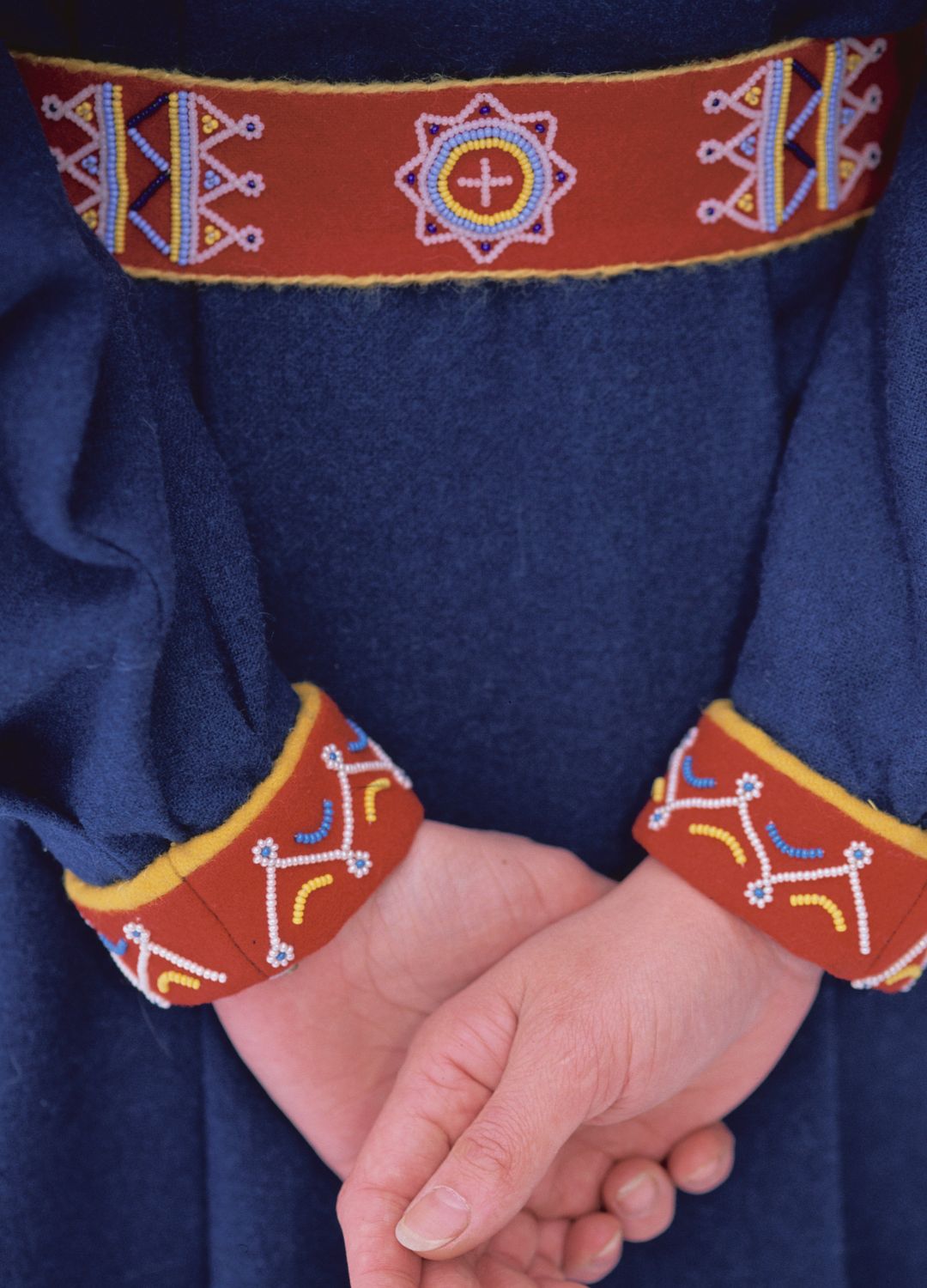
Gákti, the traditional clothing of the Sámi people of Northern Europe, is rich in meaning, with intricate beadwork and embroidery, indicating everything from region to family lineage.
Handmade with striking colour palettes and precise patterns, each piece reflects cultural pride and deep-rooted tradition. As Sámi artists reclaim and revive these techniques, their work resists erasure and celebrates Indigenous identity.
Andean Qulla Hat from Bolivia and Peru

The Qulla hat, or chullo, is a hand-knitted, embroidered hat with distinctive ear flaps, worn by Indigenous communities in the Andes.
Crafted for warmth in high-altitude climates, its vibrant patterns and colours reflect local identity and weaving traditions passed down through generations.
Turkish Kaftan
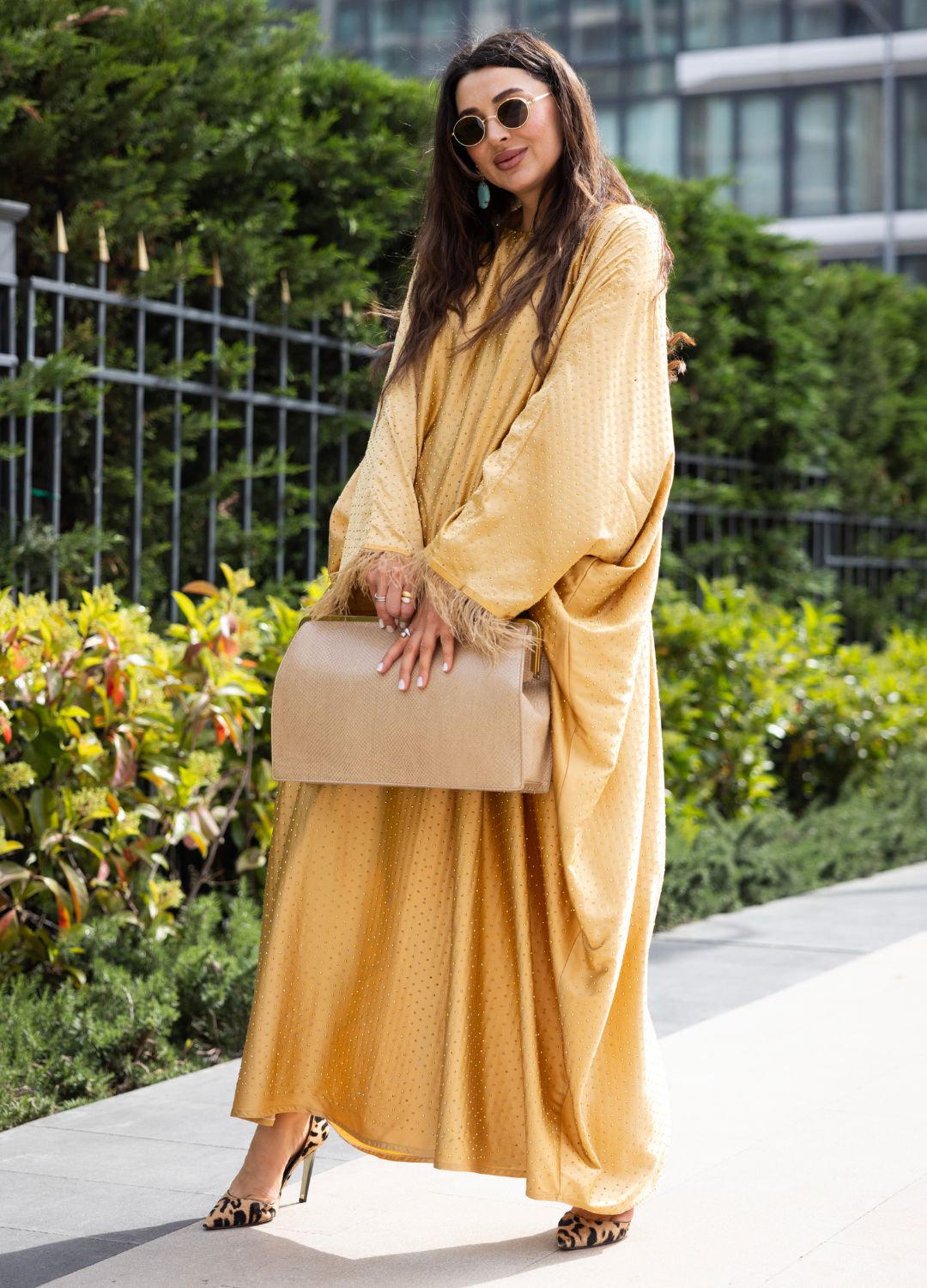
The Turkish kaftan ranges from simple, flowing robes made of plain fabrics to richly embroidered garments once worn by Ottoman royalty. Beyond tradition, contemporary designers draw inspiration from kaftan shapes and patterns to create modern dresses, blending comfort with heritage as seen above.
This versatile garment continues to inspire, bridging centuries of craftsmanship with today’s global fashion.
The French Beret

Once worn by shepherds in the Pyrenees, the beret has long symbolised everything from military rank to revolutionary spirit. In France, it became a marker of effortless style, later adopted by artists, activists, and fashion icons worldwide.
Today, it’s the easiest way to adhere to French style rules, pairing equally well with casual and glam looks.
Huipils from Mexico and Central America
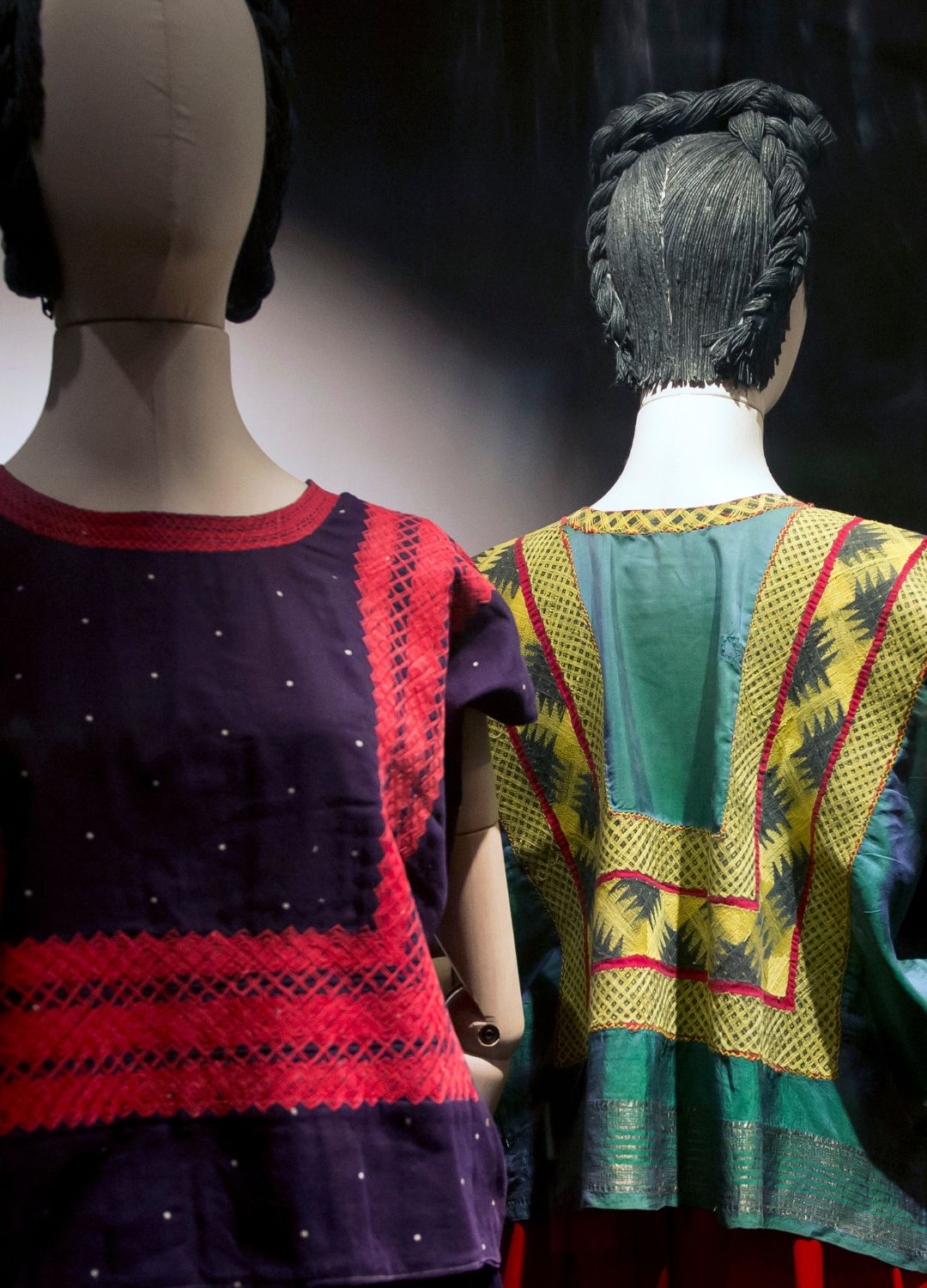
Huipils are traditional, handwoven blouses worn by Indigenous women across Mexico and Central America, each design reflecting regional identity and ancestral symbolism.
Often richly embroidered, they blend art, history, and daily life and were famously worn by Frida Kahlo to honour her Indigenous heritage, turning them into a symbol of cultural pride and resistance. You can see a selection of her huipils at the Frida Kahlo museum in Mexico City.
Nose Rings in India
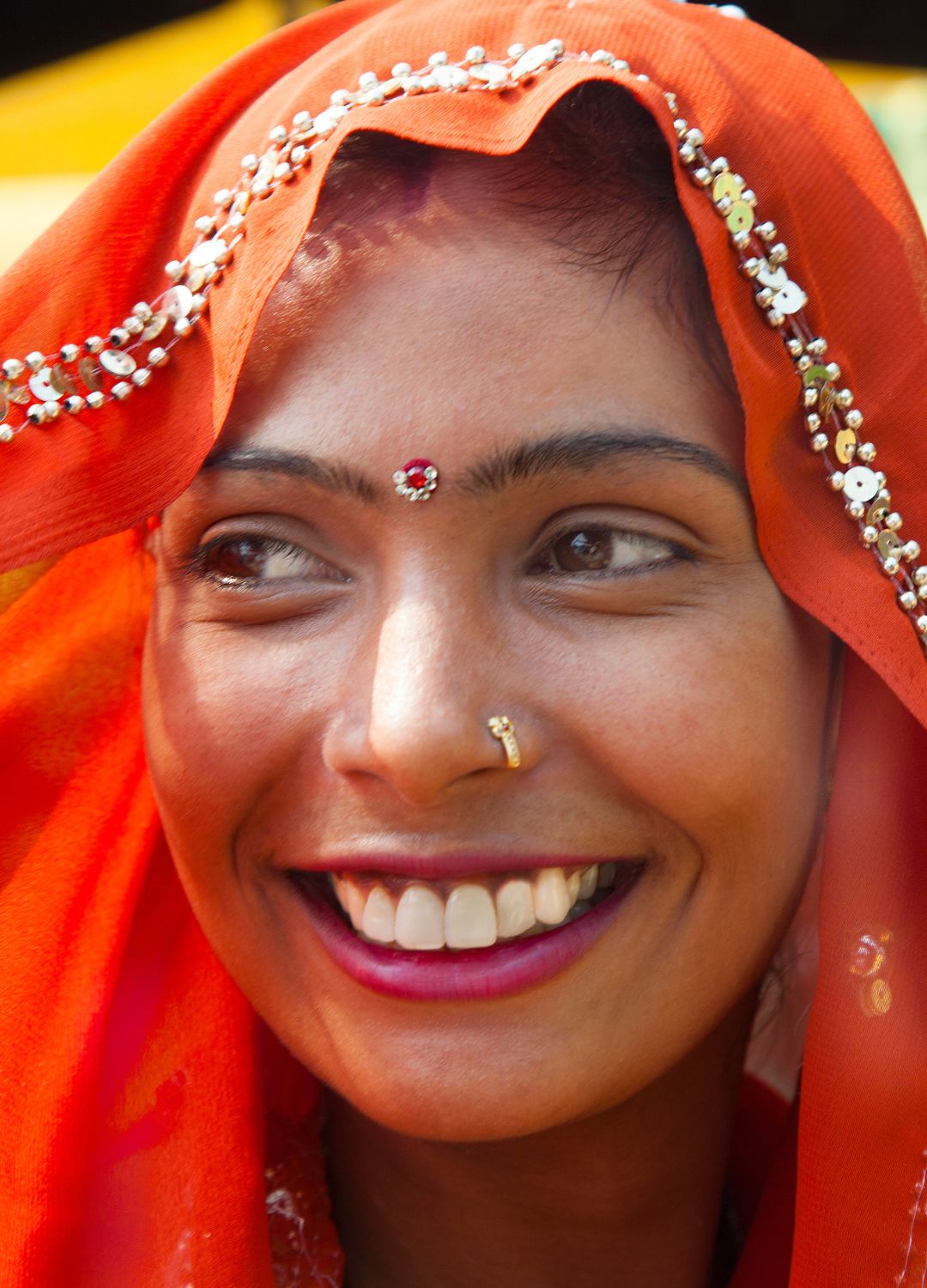
Worn for centuries across South Asia, the Middle East, and Africa, nose rings carry deep cultural and spiritual meaning, often symbolising marriage, beauty, or status. In India, they’re traditionally part of bridal jewellery, while in other cultures they mark rites of passage.
Dirndl from Germany and Austria
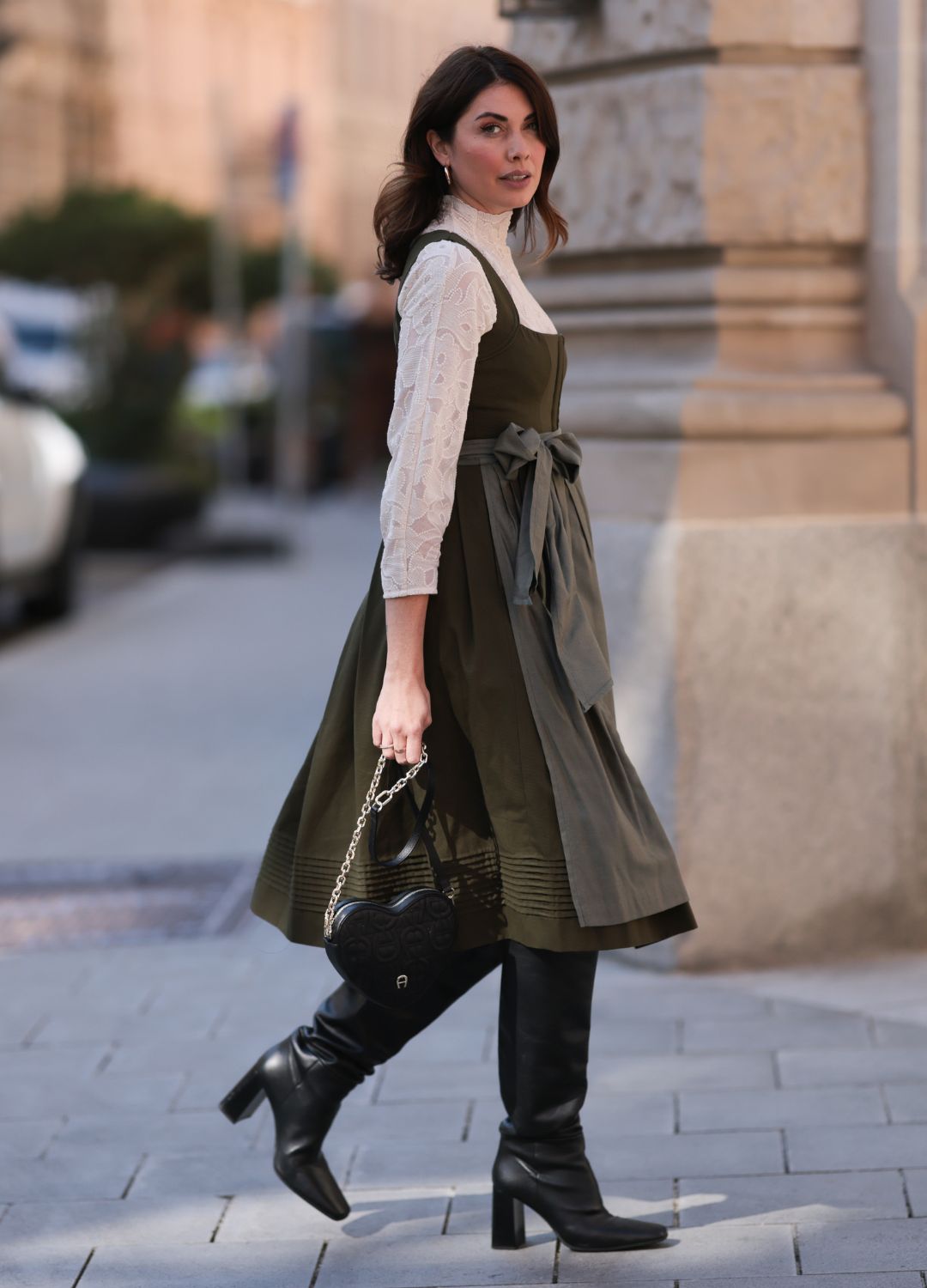
Originally worn by Alpine peasants in Austria and southern Germany, the dirndl began as practical workwear. Over time, it evolved into festive dress, complete with fitted bodices, full skirts, and aprons.
Today, it’s worn during events like Oktoberfest but has also inspired plenty of modern reinterpretations that blend tradition with contemporary tailoring like the stunning creation above.
Hmong Embroidery as seen in Vietnam, Laos and Thailand
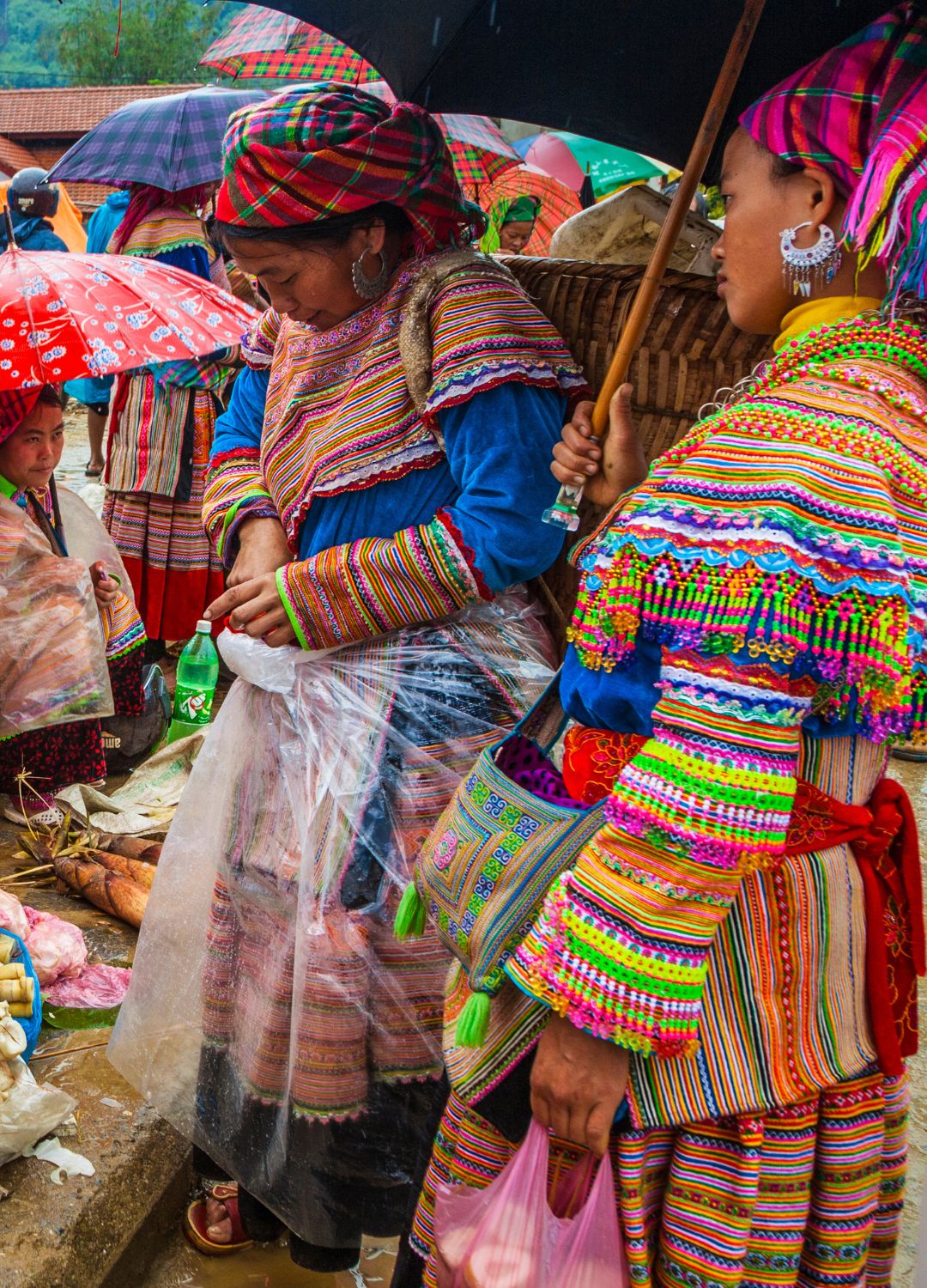
Hmong embroidery is a vibrant, symbolic art form passed down through generations. Using intricate stitching and bold geometric patterns, it tells stories and is traditionally used in clothing, baby carriers, and ceremonial textiles.
Today, head up to Sapa in Vietnam to see an array of textiles being worn by local Hmong women who sell their wares to anyone passing through.
Scottish kilts
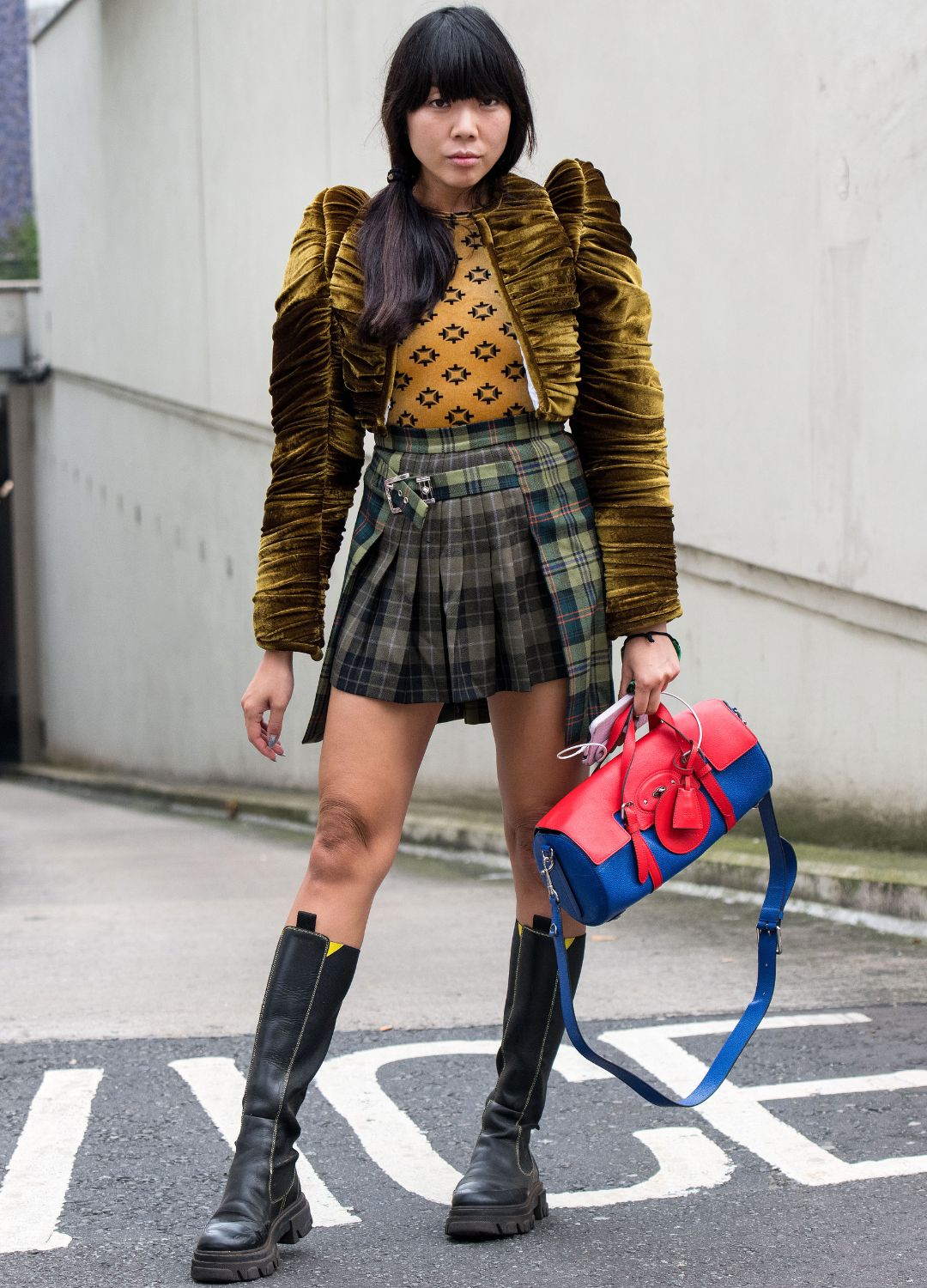
Kilts have long symbolised Scottish heritage, originally worn by Highland clans and crafted from wool in distinctive tartans. Each pattern signifies family lineage, region, or military regiment, and controversially, they were even banned after the 1745 Jacobite uprising.
Kilts later became a national symbol and today, they’re worn with pride, having influenced an array of fresh designs.
Cheongsam or Qipao from China
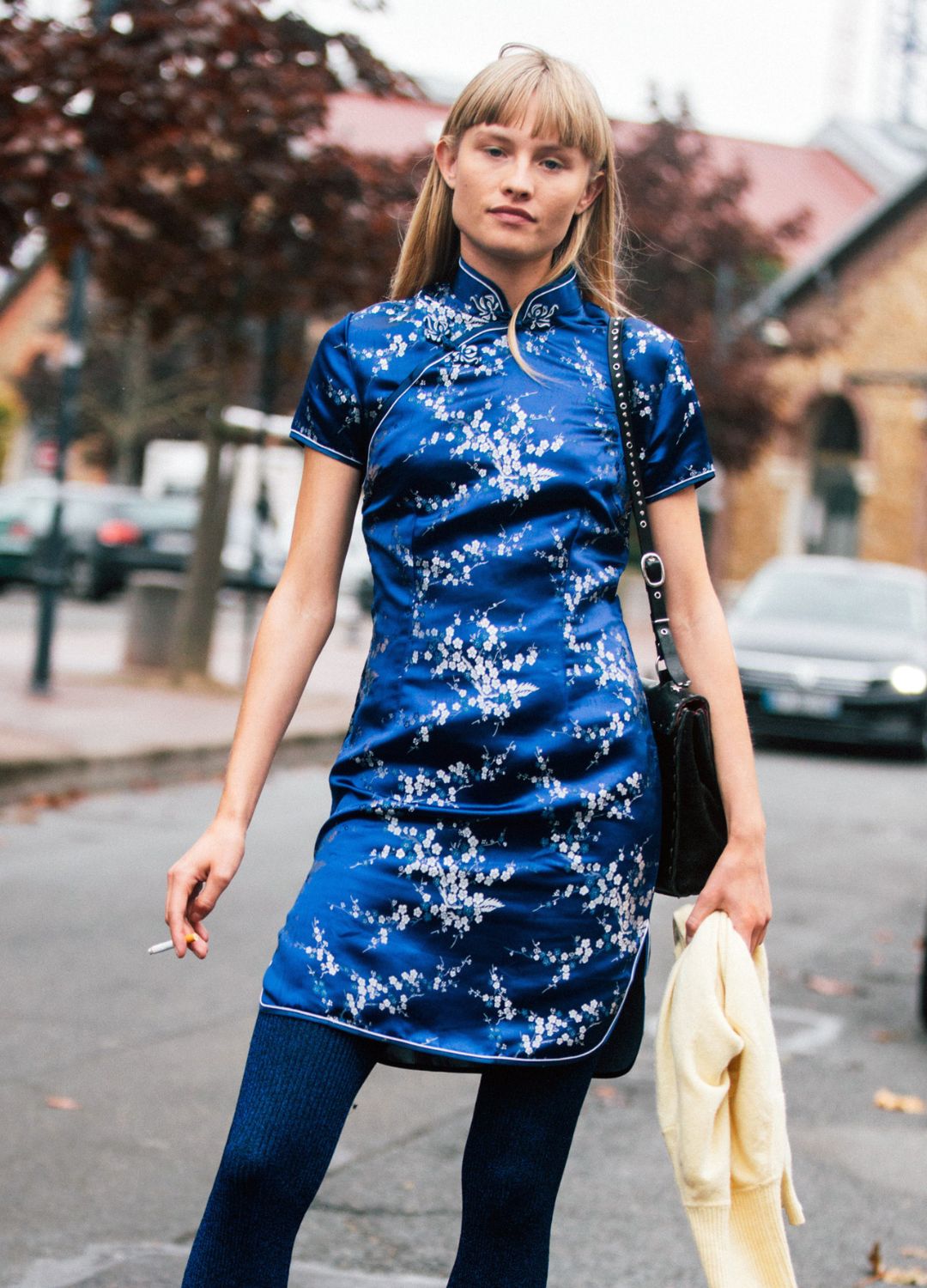
Also known as qipao, the cheongsam emerged in 1920s Shanghai as a modern, body-skimming, and elegant dress, with Mandarin collars and side slits. Rooted in Manchu dress, it became a symbol of feminine sophistication and urban identity.
Today, designers are reimagining it with new cuts, fabrics, and meanings, honouring its origins while exploring what modern Chinese fashion can look like.
American Cowboy Boots
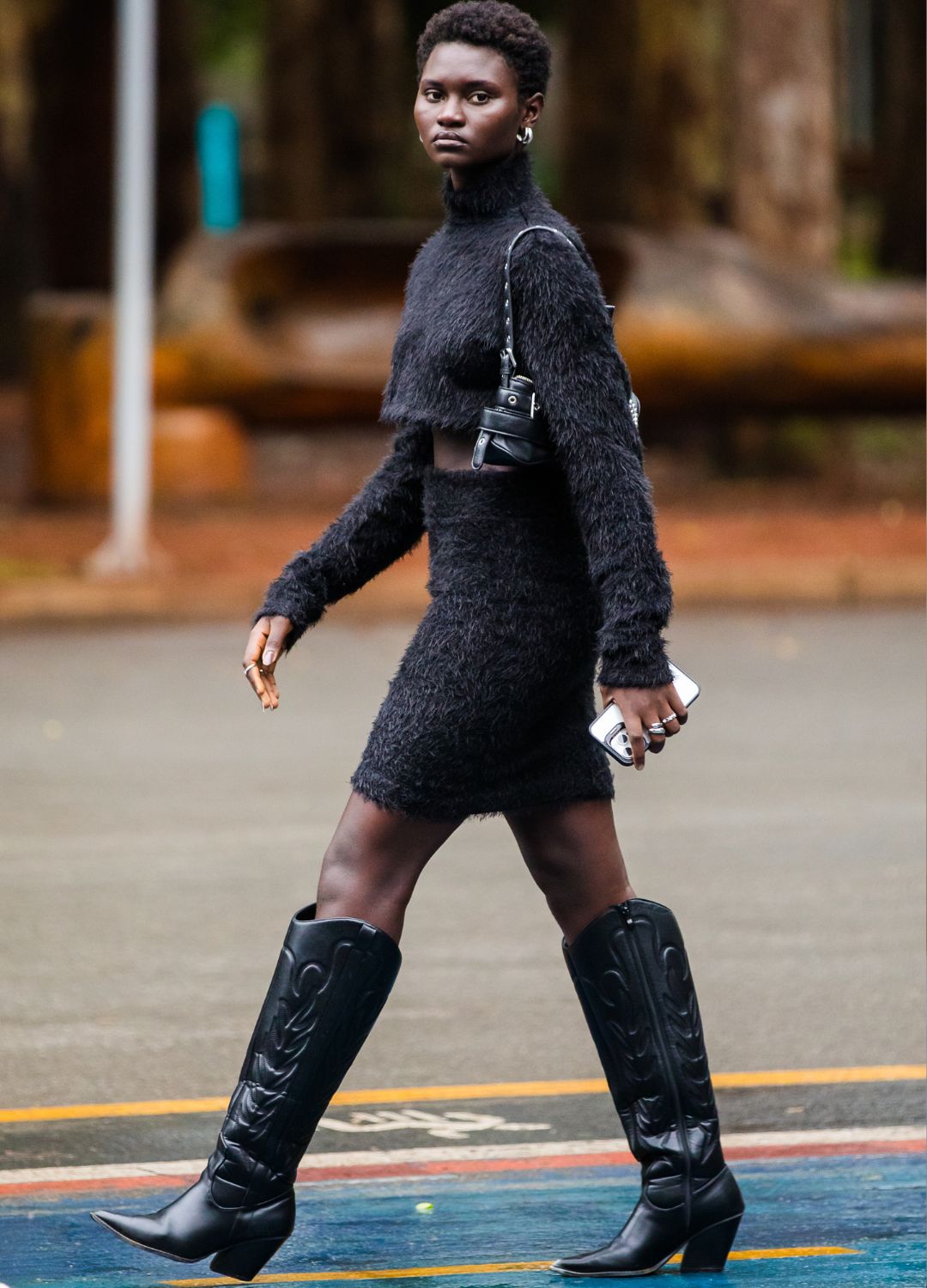
Originally designed for horseback riding and ranch work in the American West, cowboy boots were built for function, with stacked heels, pointed toes, and sturdy leather.
Over time, they’ve become a global fashion statement, symbolising rebellion, Americana, and individualism. Today, they’re reimagined on runways and sidewalks alike, blending heritage craftsmanship with bold, modern style.
Ponchos from Peru, Bolivia & Chile
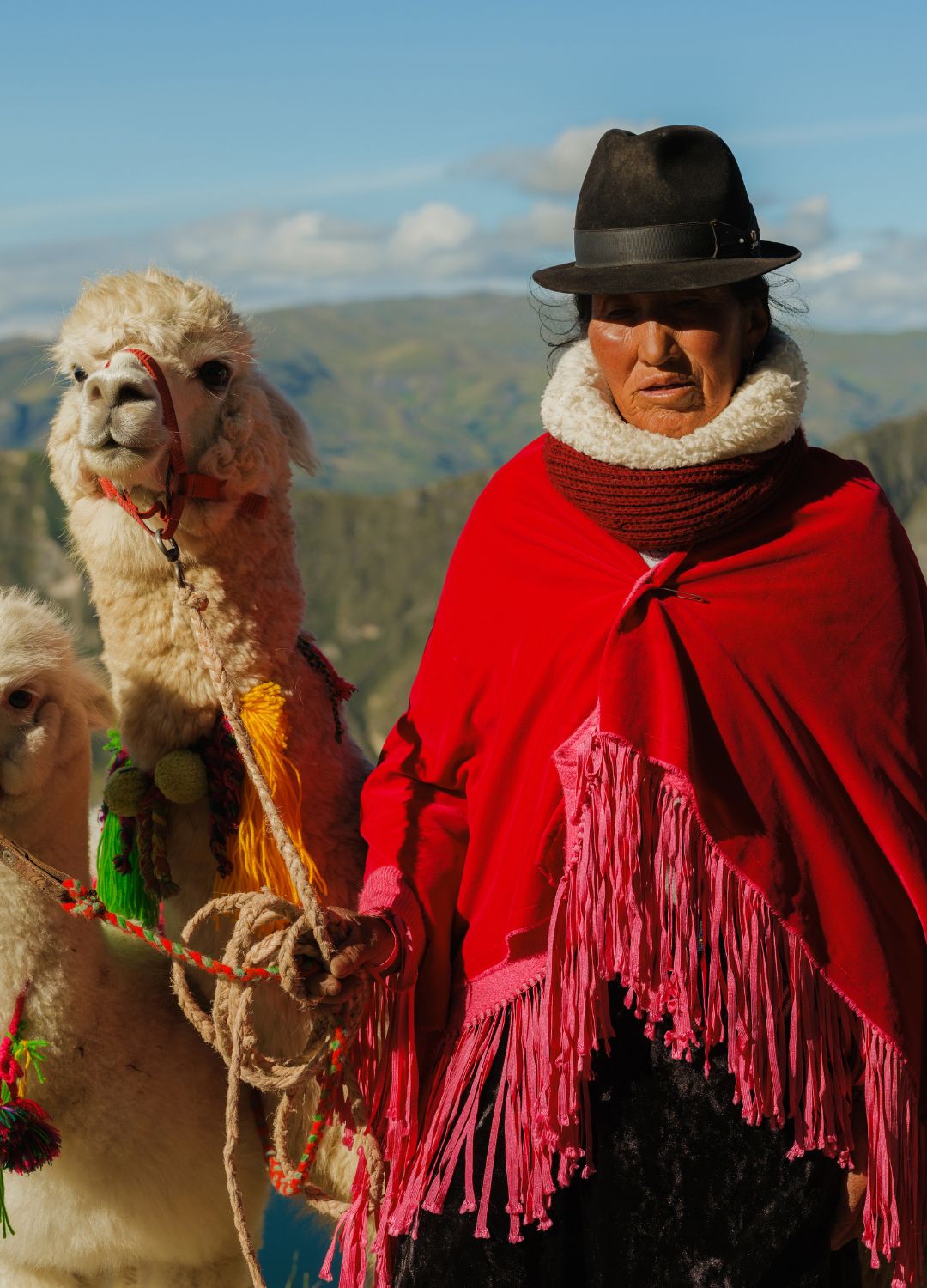
Worn across the Andes for warmth, ponchos are deeply rooted in Indigenous traditions of Peru, Bolivia, and Chile.
Handwoven from wool, often alpaca, each piece reflects local patterns, colours, and cultural identity. Once strictly functional, ponchos are now also worn as statements of pride.
The British Mini Skirt
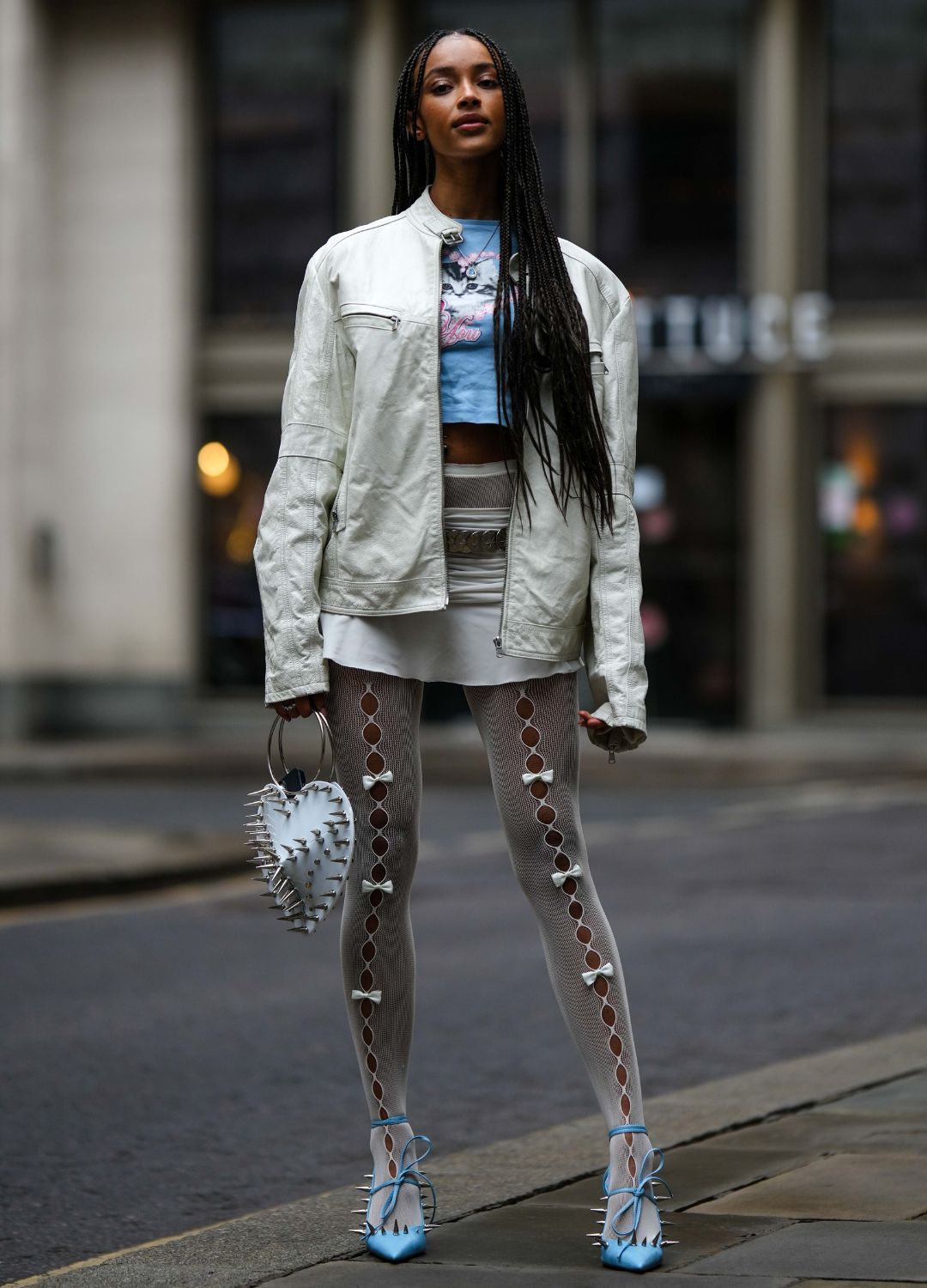
The mini skirt burst onto the scene in the 1960s, famously popularised by designers like Mary Quant and André Courrèges. It symbolised liberation, rebellion, and youth culture, challenging conventions around femininity and modesty at the time.
Decades later, it remains a fashion staple.
Pashmina from Kashmir, India
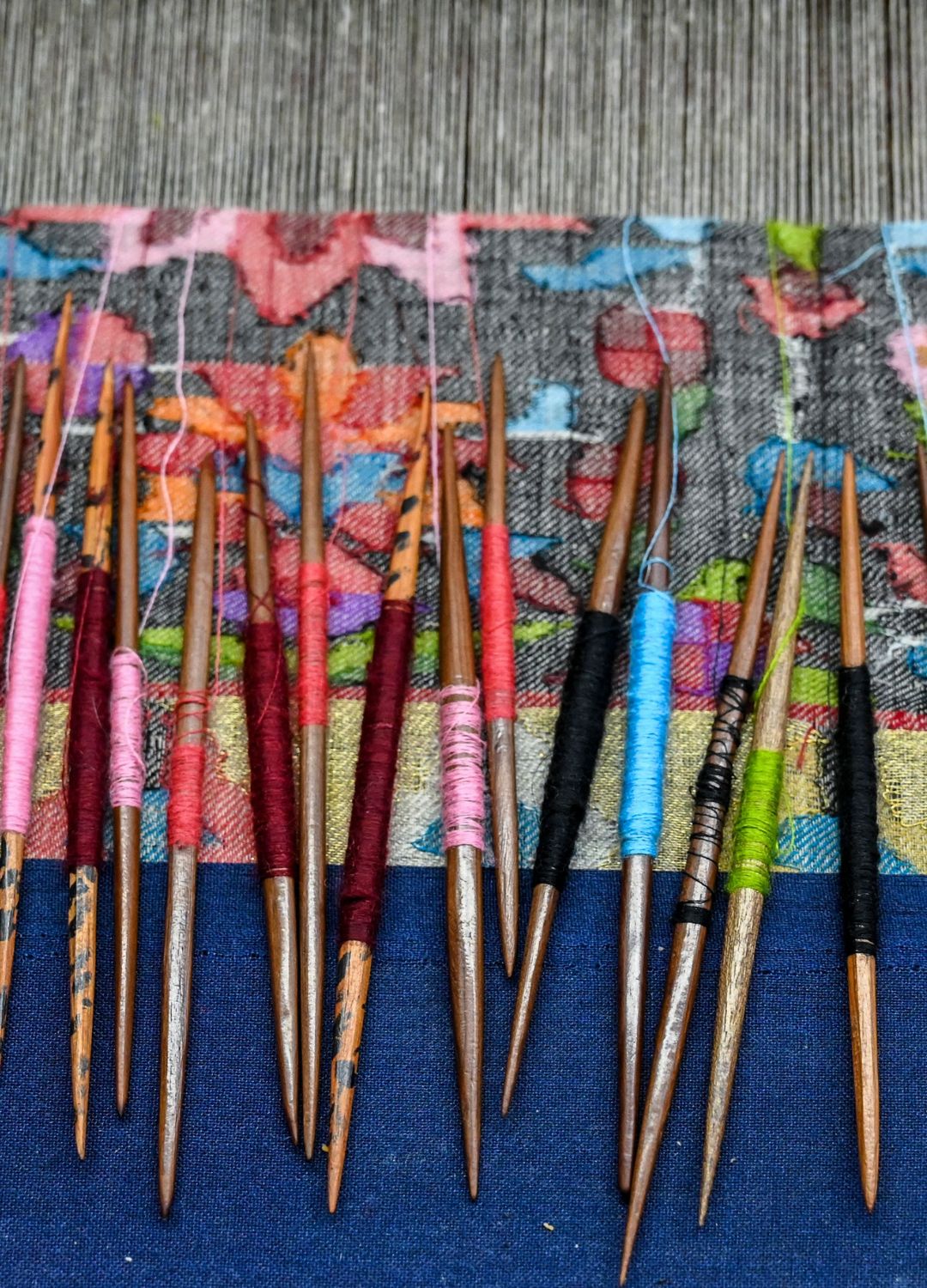
Pashmina, a fine cashmere wool from the Himalayan regions of Kashmir, Nepal, and Tibet, is prized for its softness and warmth. Traditionally hand-spun and woven into delicate shawls, it embodies centuries of artisanal skill and remains a luxury staple, celebrated worldwide for blending timeless craftsmanship with elegance.
The Japanese Kimono
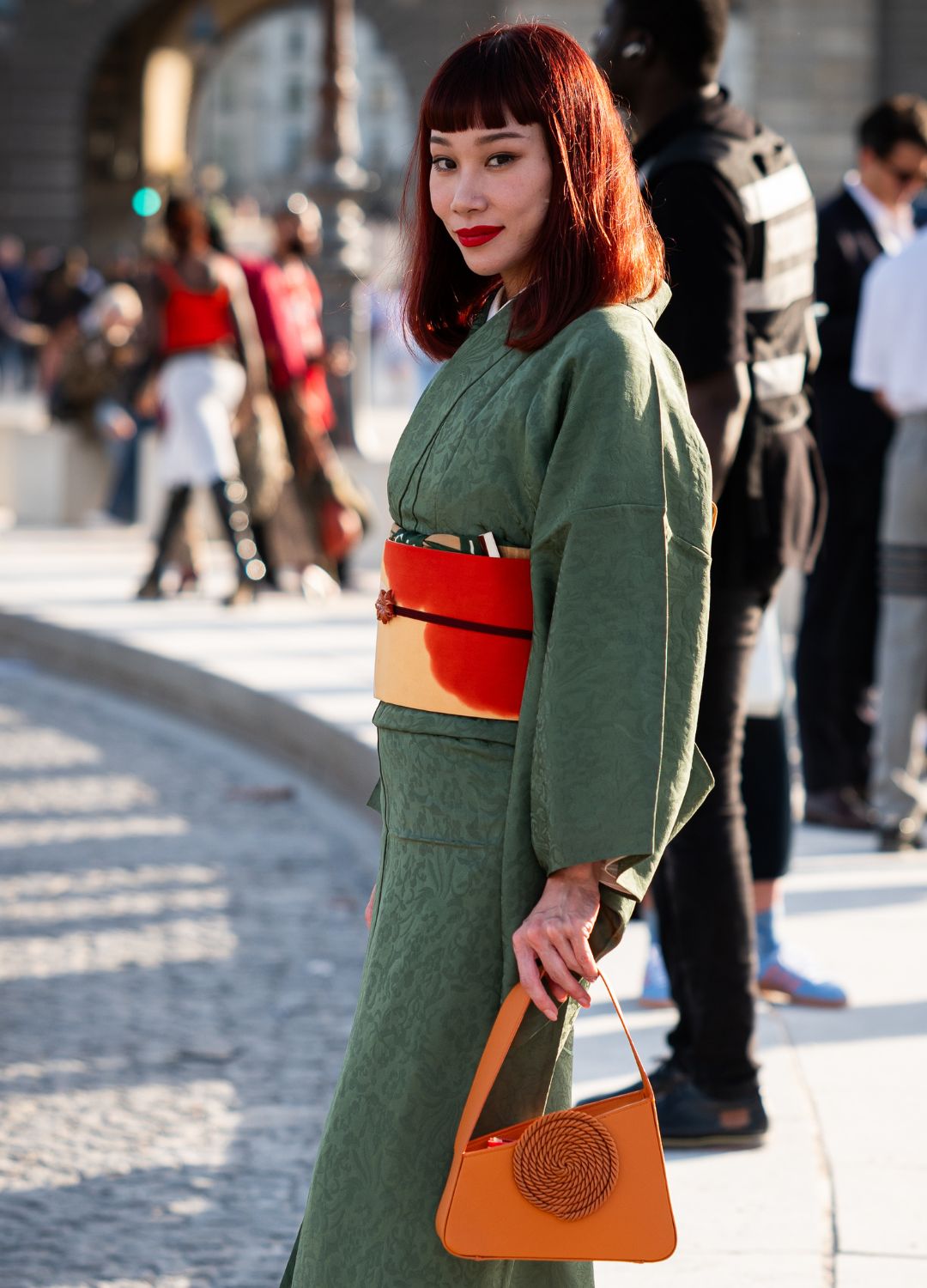
The kimono, Japan’s traditional robe, typically sees straight seams, wide sleeves, and seasonal motifs blended into its design. Once daily wear, it’s now reserved for ceremonies or reinterpreted in contemporary fashion with designers, today (both in Japan and globally) honouring its silhouette while giving it new life.
Woven Sashes from Guatemala
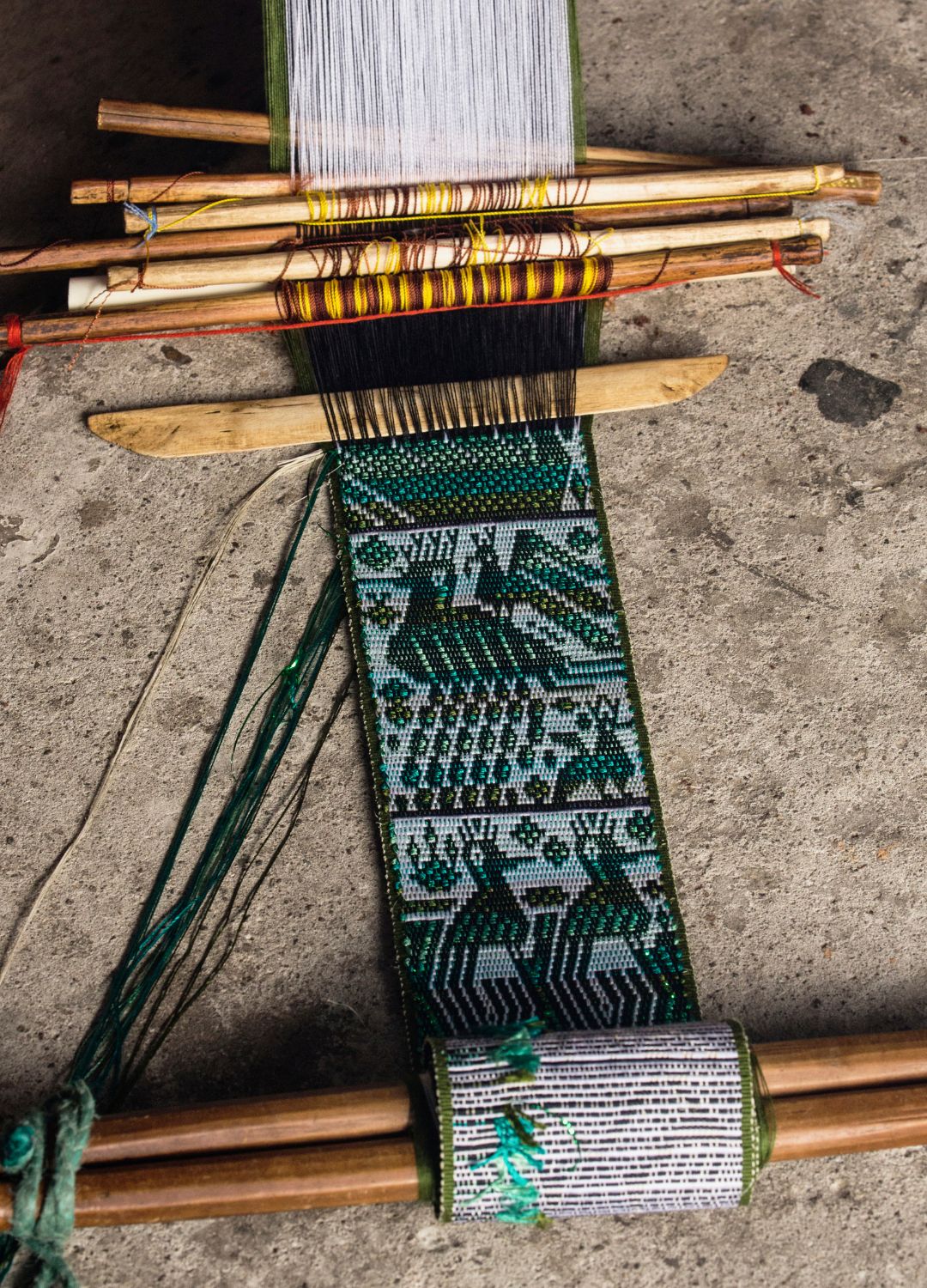
In Guatemala, handwoven sashes are essential elements of traditional dress, crafted by skilled Indigenous weavers using backstrap looms.
Rich with vibrant colours and symbolic patterns, each sash reflects community identity and stories passed through generations.
Indian and Pakistani Turbans
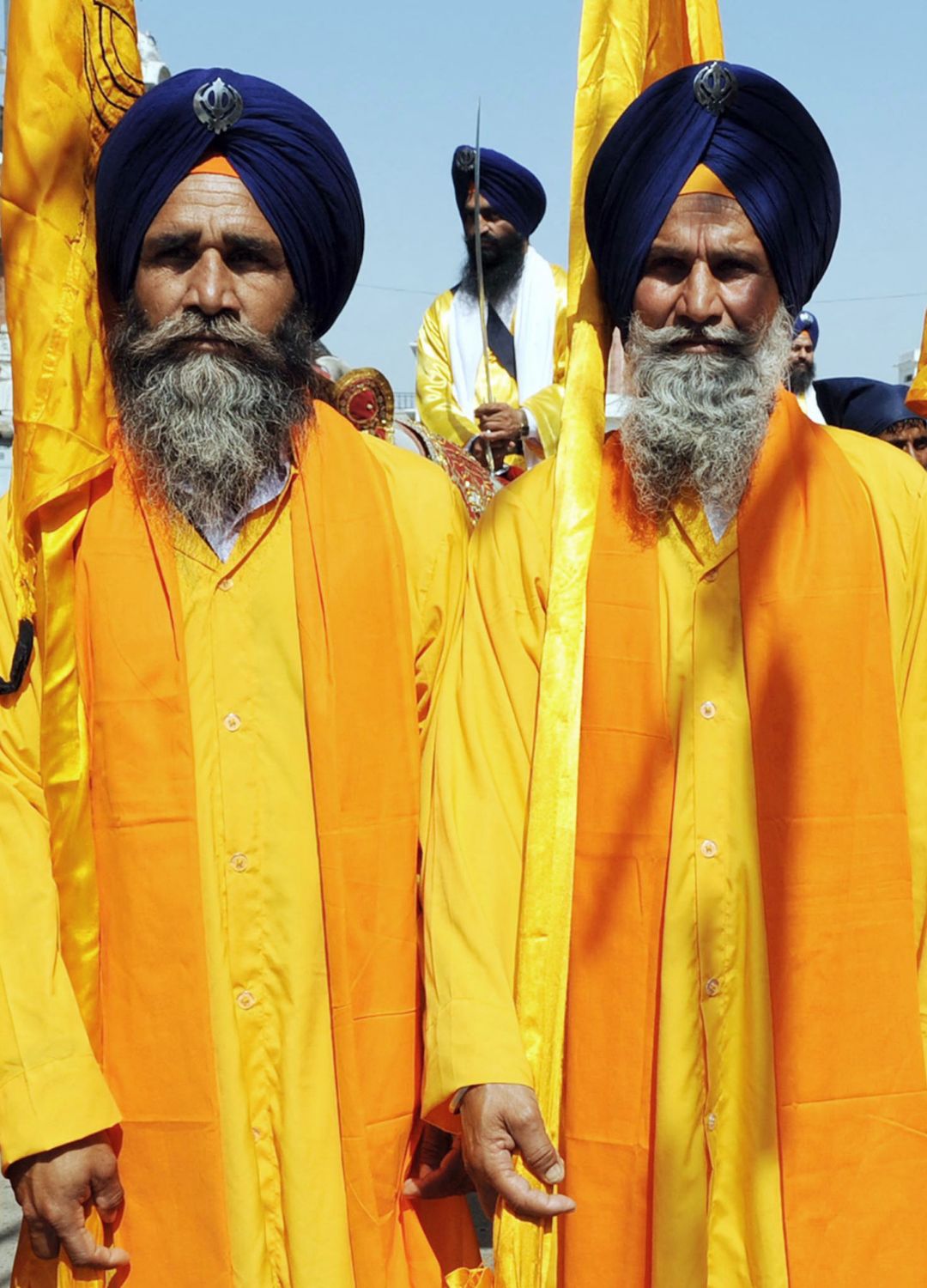
The turban is a deeply symbolic headwrap worn across South Asia, the Middle East, and Africa, signifying faith, status, and cultural identity. From Sikh dastars to Rajasthani pagris, styles and meanings vary widely.
Today, turbans continue to hold spiritual importance, and wearing them as a fashion item can be considered cultural appropriation.
Ikat Weaving from Uzbekistan

Ikat from Uzbekistan is crafted through a meticulous process where threads are dyed before weaving, creating its signature soft-edged, vibrant patterns. This technique, passed down through generations, results in textiles rich with cultural meaning and artistry.
Traditionally used in clothing it’s also popular in Indonesia, Guatemala and Mexico.
Tibetan beaded jewellery
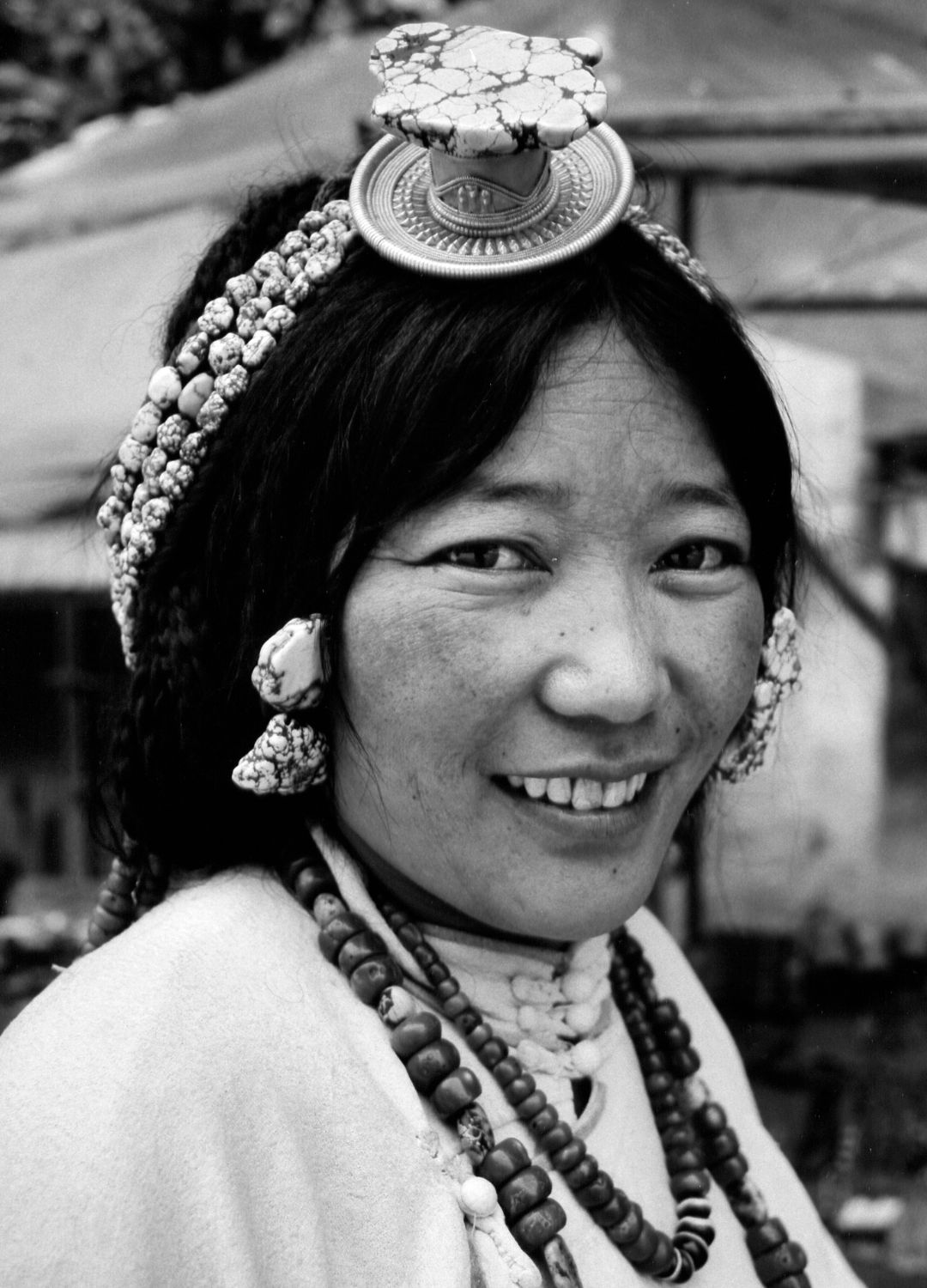
Tibetan beaded necklaces are vibrant expressions of spirituality and identity, often crafted from turquoise, coral, amber, and silver, with each bead holding symbolic meaning.
Believed to offer protection and good fortune, they are often worn during ceremonies as well as daily life.
Espadrilles from Spain
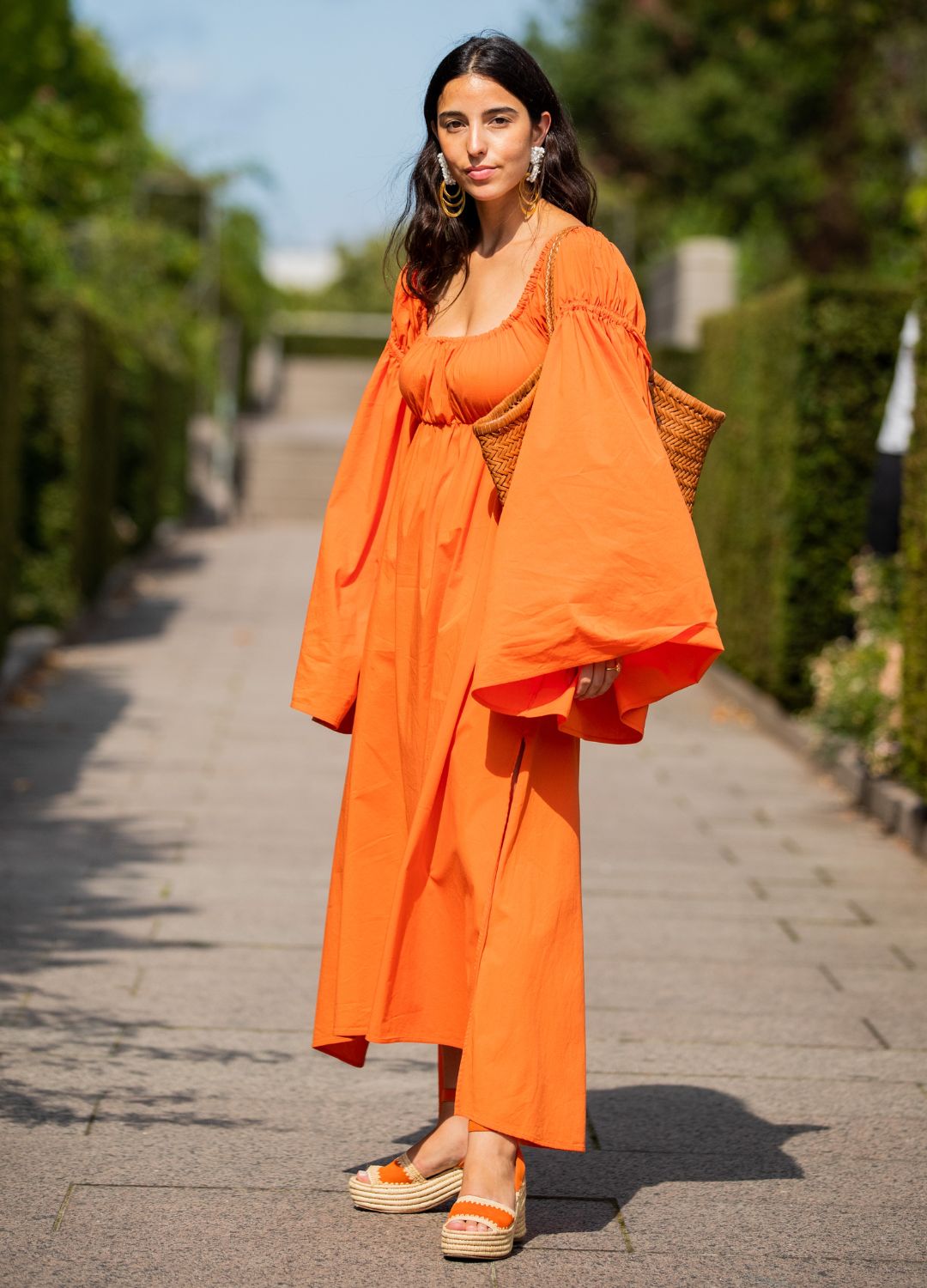
Traditionally worn by peasants and farmers for their breathability and comfort, they’ve since been embraced by fashion designers worldwide.
Today, espadrilles balance rustic heritage with chic, effortless style, spotted on everyone from Kate Middleton to Reece Witherspoon.
Ghanaian Kente Cloth

Originating with the Ashanti people of Ghana, Kente cloth is a vibrant, handwoven textile rich in symbolism, with each colour and pattern telling a story.
Traditionally worn at ceremonies, it remains a powerful emblem of African heritage and today, designers like Duro Olowu and Kenneth Ize incorporate Kente into modern fashion designs.
The Peranakan Kebaya from Malaysia
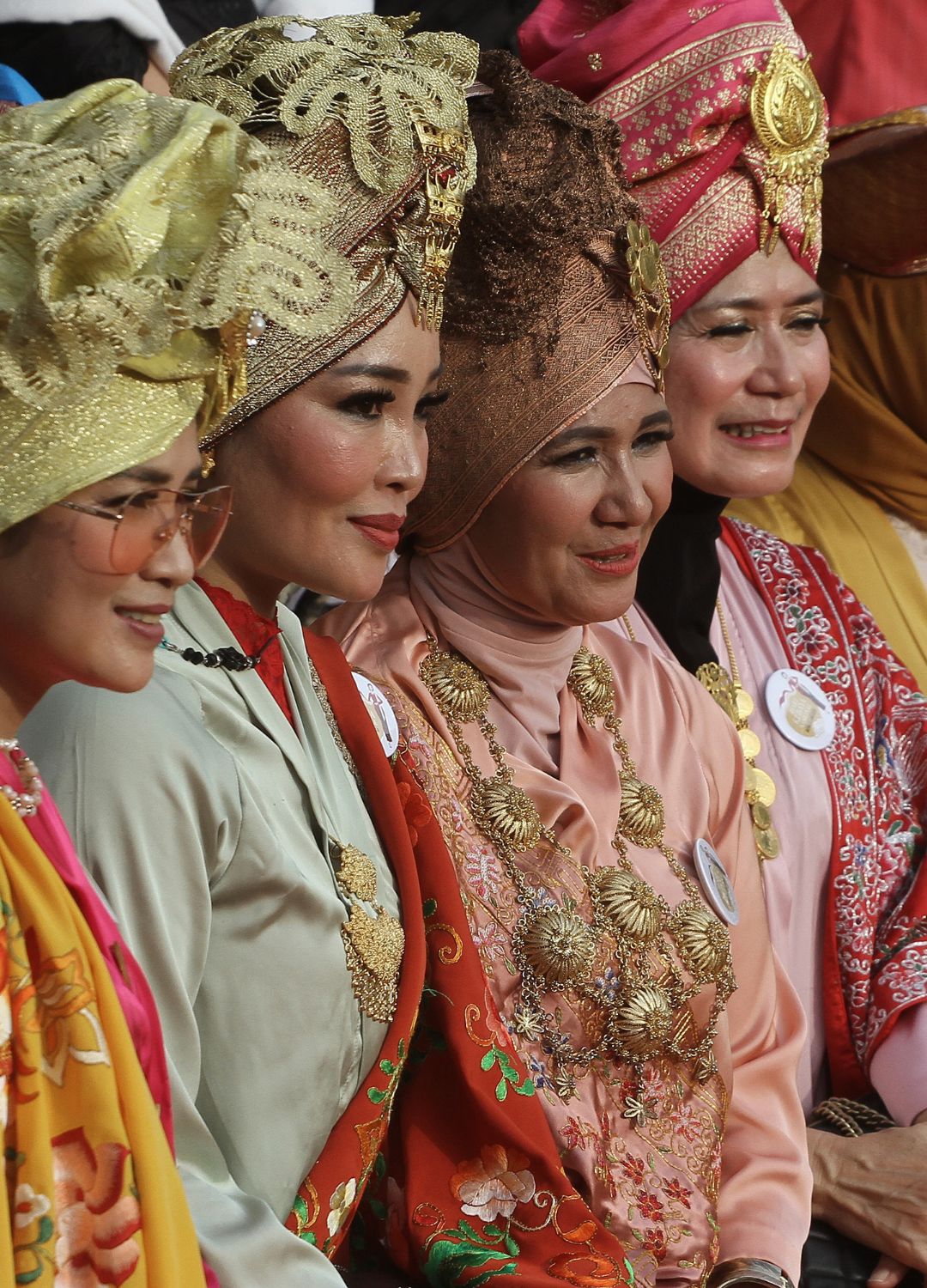
The Peranakan kebaya is a delicate, embroidered blouse worn by the Peranakan community in Southeast Asia, especially Malaysia and Singapore.
Combining Chinese, Malay, and Indonesian influences, A-list fans include Michelle Yeoh, who is often seen celebrating her Malaysian heritage with kebaya-inspired looks on the red carpet.
Madras check

Originating from the Indian city of Chennai (formerly Madras), Madras check is a lightweight cotton fabric known for its bright, plaid patterns and breathable feel. Traditionally handwoven, it became popular worldwide through colonial trade.
Nigerian Cowrie Shell Adornments

Celebrated for their natural beauty, cowrie shells have been used for centuries across Africa, Asia, and the Pacific as symbols of wealth, fertility, and protection.
Often incorporated into jewellery, clothing, and ceremonial objects, these shells carry deep spiritual meaning that quickly became embraced globally.
Panama Hat from Ecuador
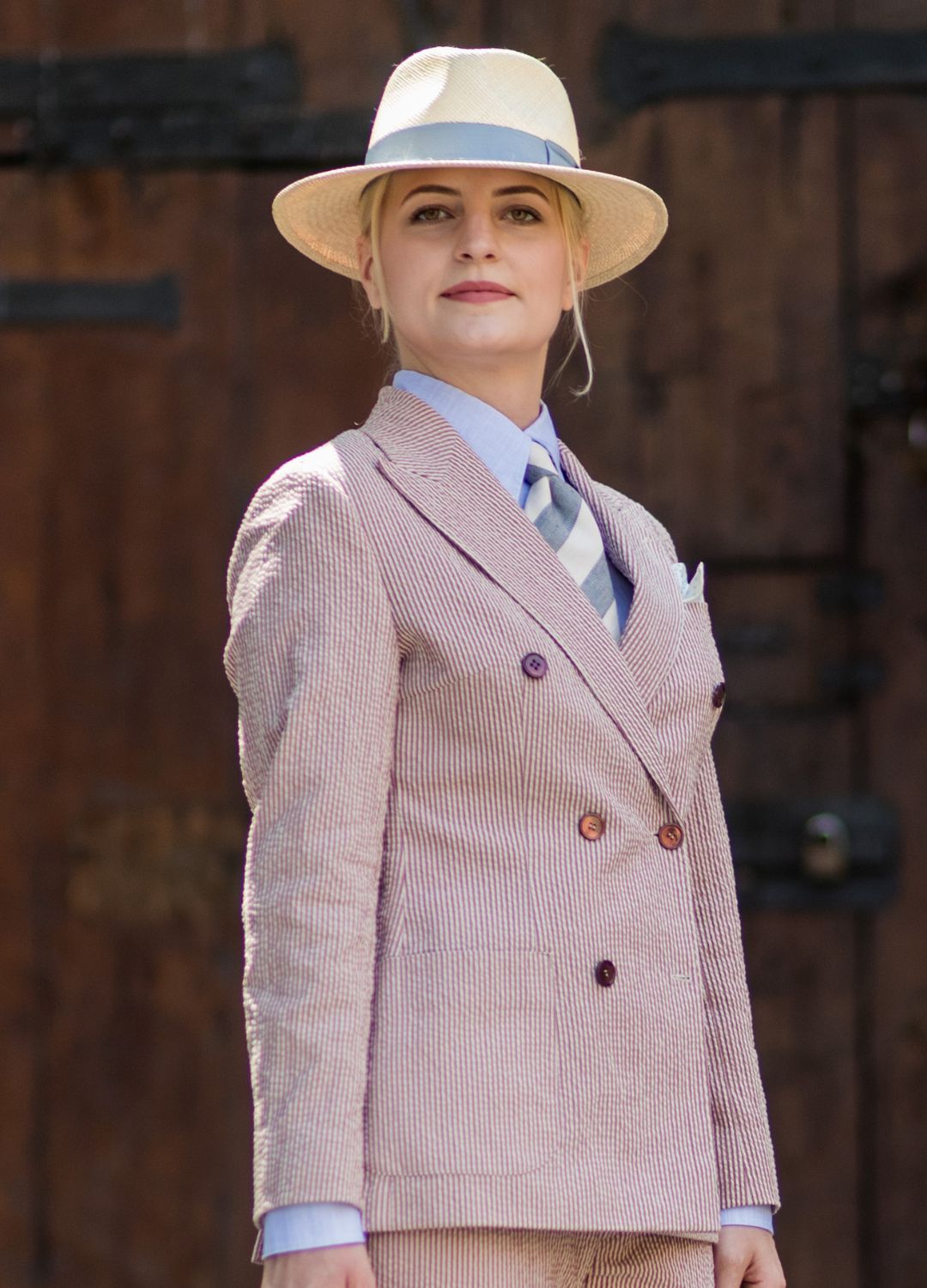
Despite its name, the iconic Panama hat is traditionally handwoven in Ecuador from the fine toquilla straw. Known for its lightweight breathability and intricate weave, it became famous during the Panama Canal construction. Today, it’s a stylish symbol of craftsmanship and tropical elegance, loved worldwide for its classic look and artisanal heritage.
Kolhapuri chappals from India
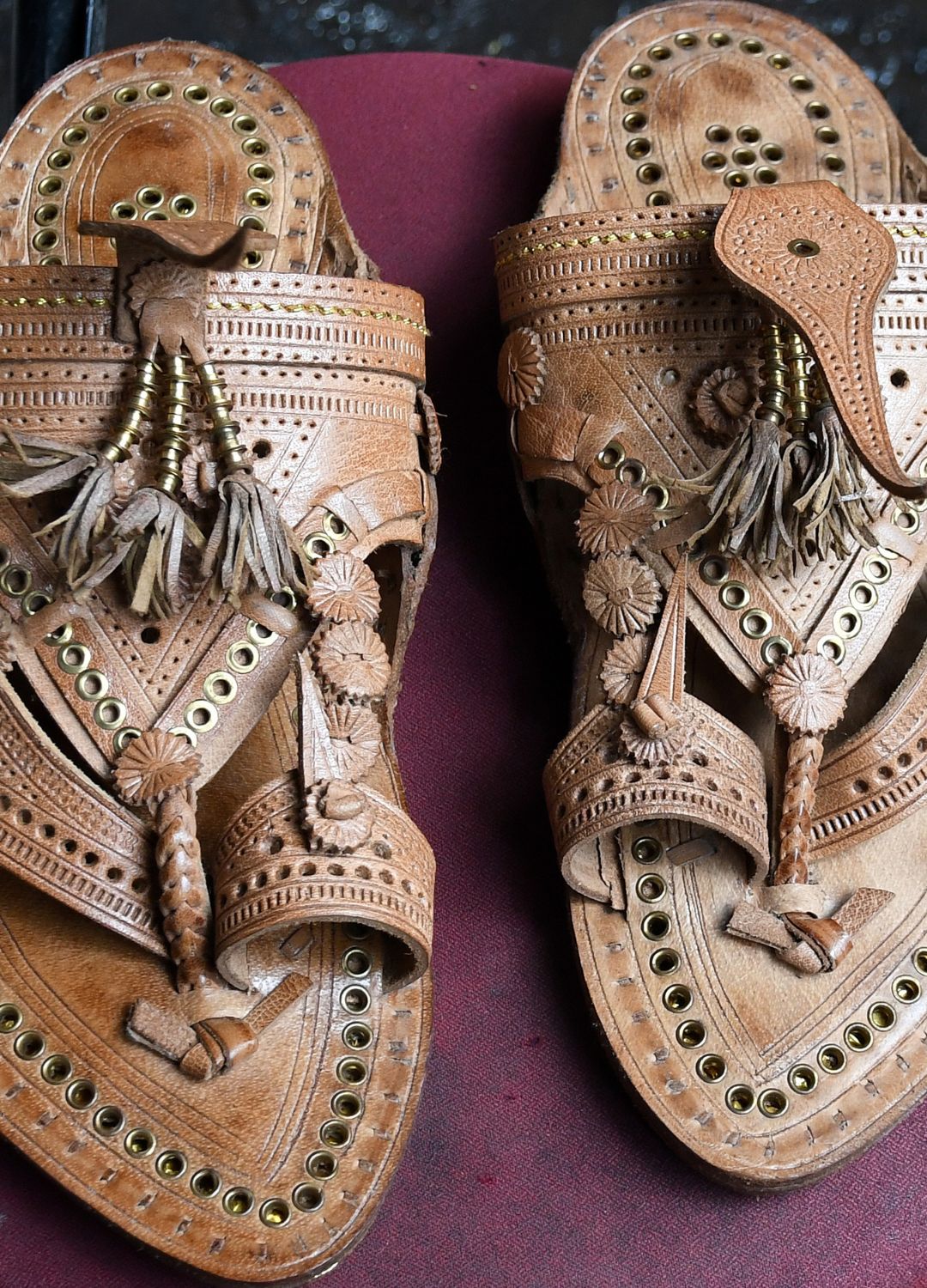
Originating from Kolhapur, Maharashtra, Kolhapuri chappals are handcrafted leather sandals known for their intricate braiding and durability. In June 2025, Prada faced backlash after unveiling sandals resembling Kolhapuris in its Spring Summer 2026 collection without acknowledging their origins.
The Southeast Asian Sarong
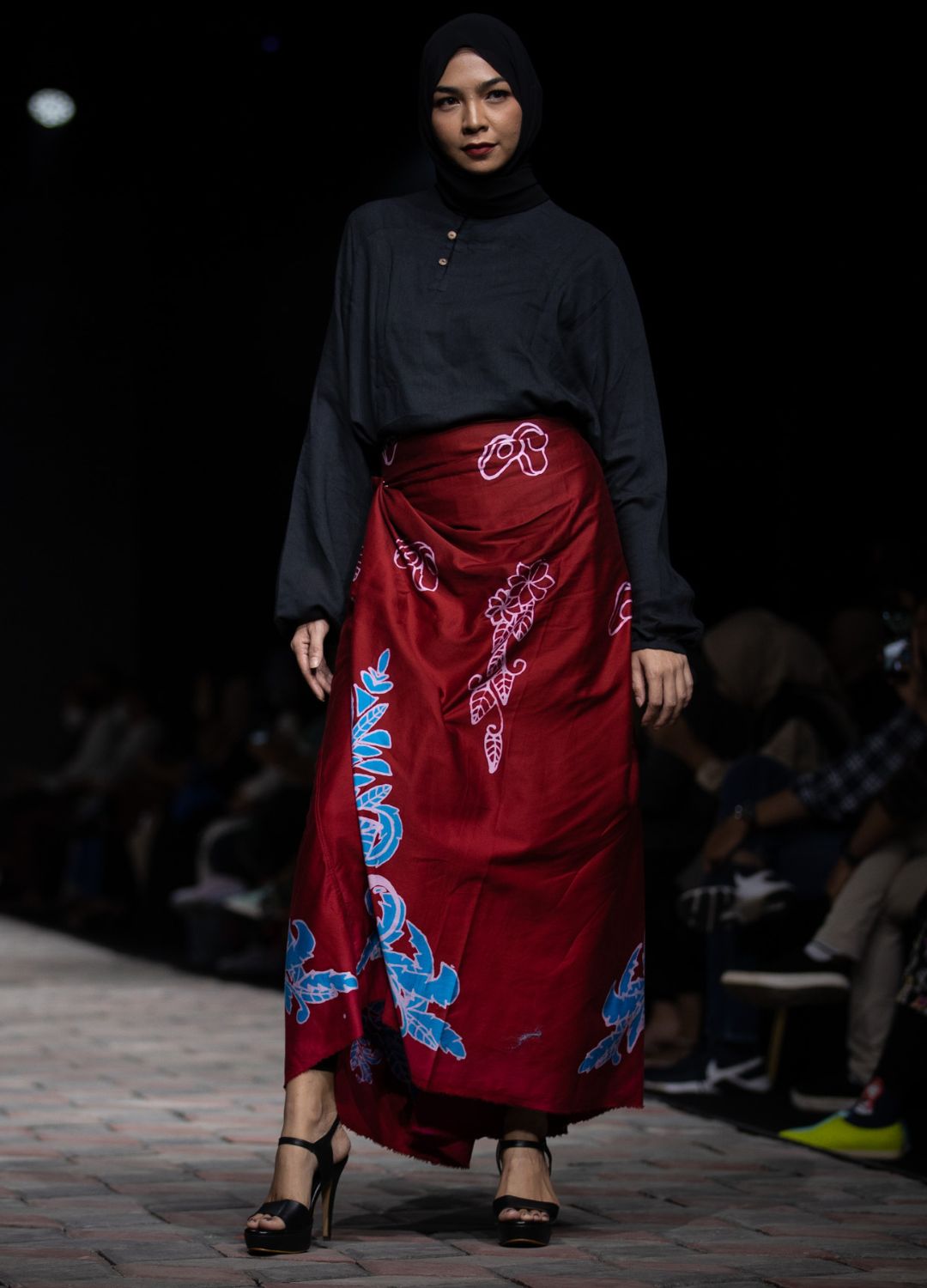
More than just a cloth, sarongs reflect identity, modesty, and tradition across Southeast Asia, particularly in Indonesia, Malaysia, Thailand, and Cambodia.
The versatile, wraparound garment is effortlessly elegant and can be worn in an array of ways by both men and women.
Zulu Beadwork from South Africa
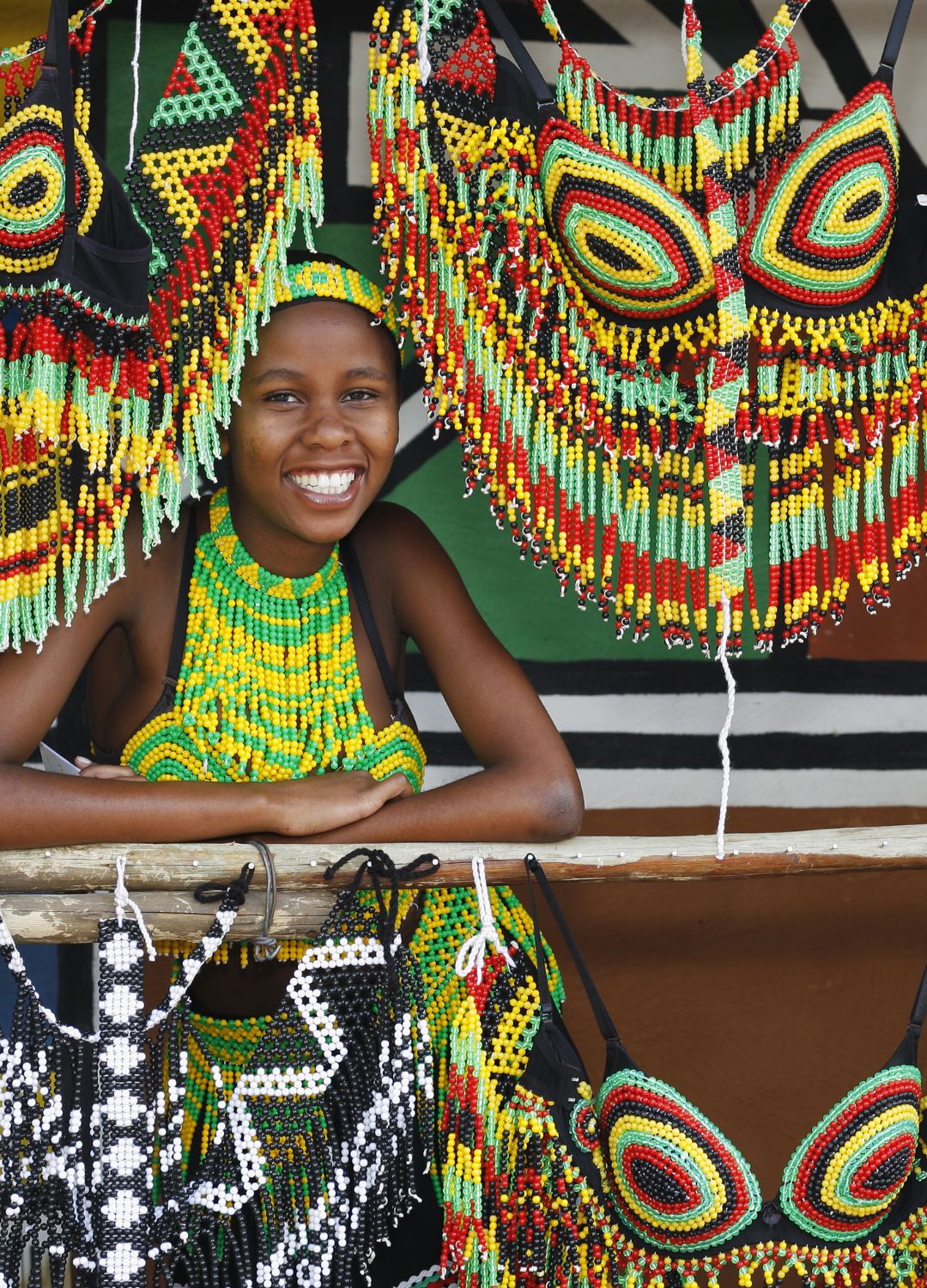
Zulu beadwork is a vibrant, symbolic craft where colour, pattern, and placement communicate identity, status, and personal messages.
Traditionally handmade by women, each piece, whether necklace, bracelet, or headband, carries cultural significance.
Bedouin Jewellery from the Arabian Peninsula
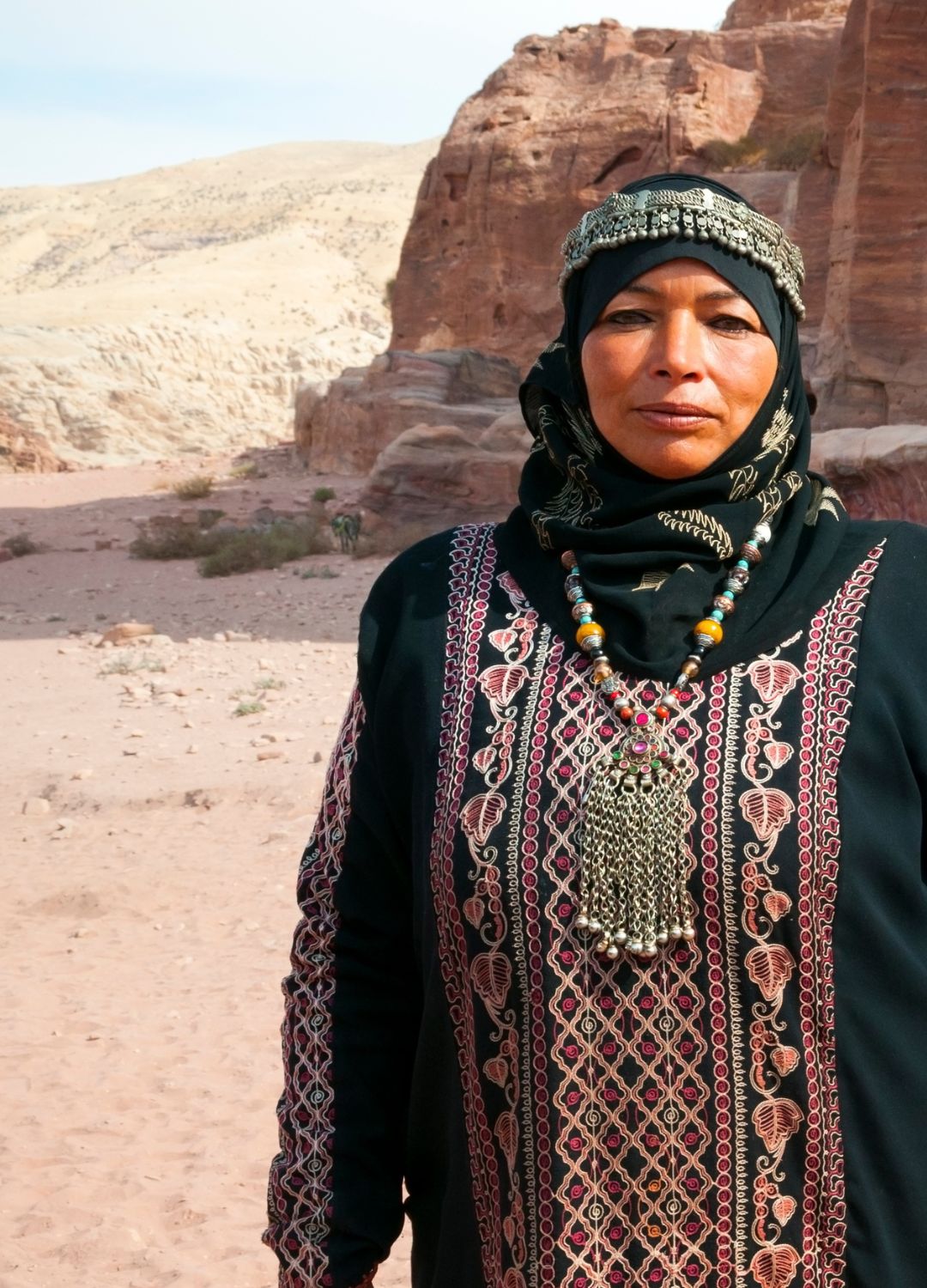
Traditionally worn by nomadic women across the Arabian Peninsula, Bedouin jewellery is bold, intricate, and deeply symbolic, often crafted from silver and adorned with coins, beads, and amulets.

Lydia is a nomadic travel writer and solo travel expert with two decades of journalistic experience (including a nine-year stint as a fashion and beauty editor and five as a lifestyle director).
An intrepid explorer now based in Sri Lanka, she writes about her travels for The Sunday Times, Condé Nast Traveller, ELLE, Marie Claire US, The London Standard, Service 95, Harper's Bazaar, The Guardian, BBC Travel, and more.
You must confirm your public display name before commenting
Please logout and then login again, you will then be prompted to enter your display name.
